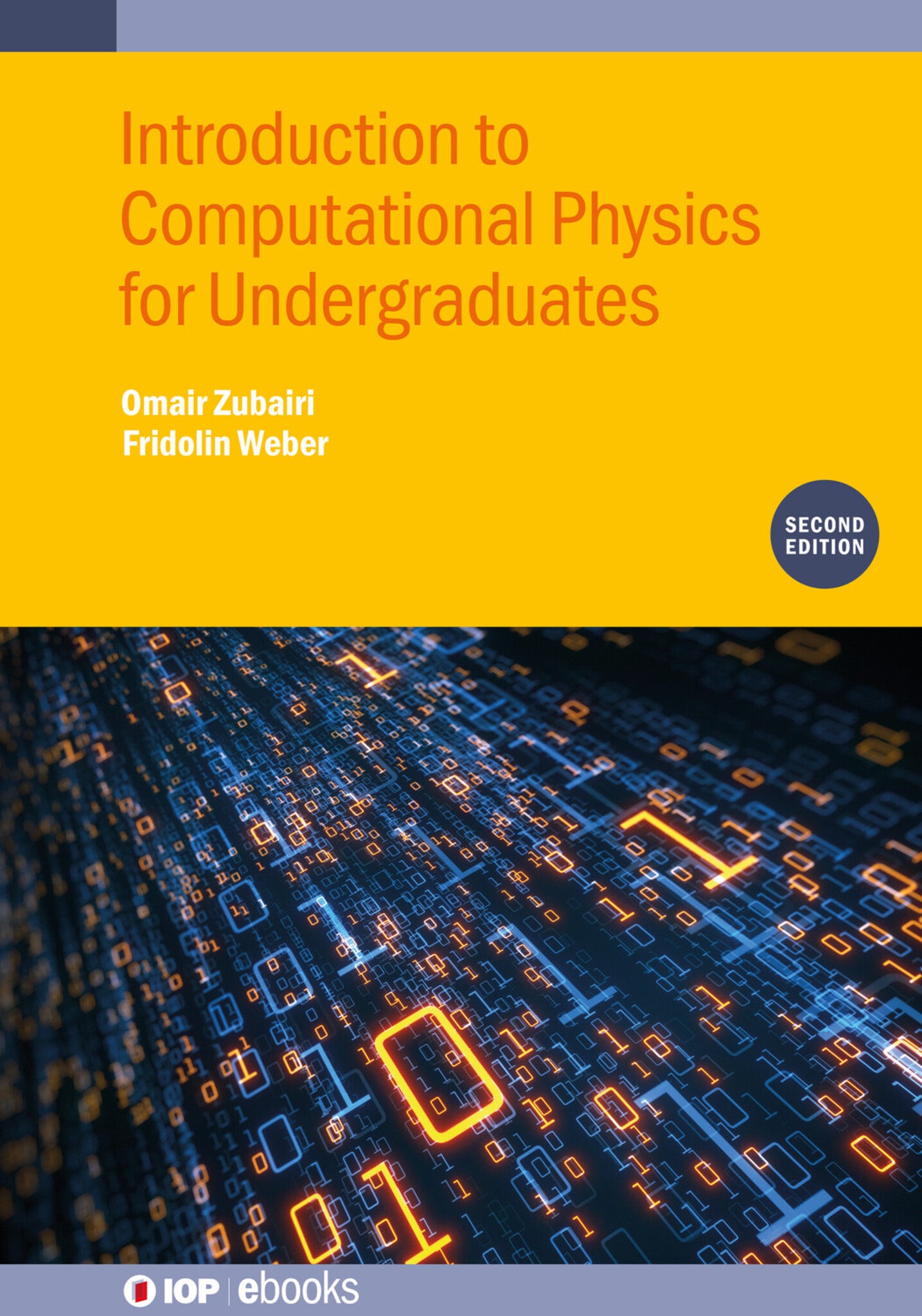We're sorry. An error has occurred
Please cancel or retry.
Introduction to Computational Physics for Undergraduates (Second Edition)

Some error occured while loading the Quick View. Please close the Quick View and try reloading the page.
Couldn't load pickup availability
- Format:
-
09 December 2024

This book provides an accessible introduction to computational physics, designed specifically for undergraduate students. Its purpose is to bridge the gap between theoretical physics and practical, computational approaches, equipping students with the tools and techniques needed to solve real-world physics problems through programming and numerical methods. This book’s approach is highly practical, with a strong emphasis on coding exercises and projects that encourage students to actively engage with the material. Examples and exercises are carefully chosen to reinforce learning, and each chapter provides step-by-step guidance to solve problems using computational tools. By the end of the book, readers will have a solid grounding in both computational skills and physics applications, preparing them for more advanced studies or professional work in physics, engineering, or related fields.
Key Features:
- Practical hands-on approach
- Truly introductory course, assumes no computing experience
- Extensive problems and exercises, with solutions, across science and engineering
- Perfect for taught courses or self-study

SCIENCE / Physics / Mathematical & Computational, Mathematical physics, SCIENCE / Applied Sciences, Applied physics

Preface
Acknowledgements
Author biographies
1 The Linux/Unix operating system
2 Text editors
3 The Fortran 90 programming language
4 Numerical techniques
5 Problem solving methodologies
6 Worksheet assignments
7 Homework assignments
Appendix A: Cubic spline Fortran code
Appendix B: Summary of modern Fortran features
Appendix C: Plotting using Python
Appendix D: Fortran 90 sample program illustrating good programming



